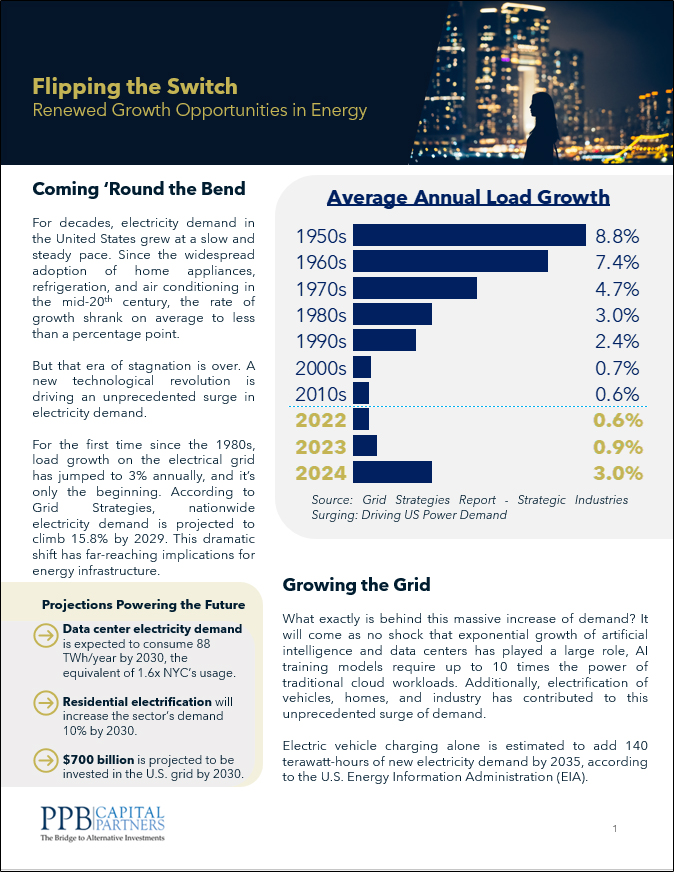
Looking Back to Look Ahead
January 6, 2023
By Frank A. Burke, CFA, CAIA, Chief Investment Officer
and
Anton W. Golding, Associate, Fund Manager Analyst
Global financial markets in 2022 were nothing if not fascinating. It was a year scarred by bursting bubbles, global crises, inflation, fraud, and increased volatility in public markets. Most of all, around every corner there was one word repeated over and over – “recession, recession, recession!” Given the frenzy in financial media over the last 12 months, the next recession will be one of the most anticipated in recent memory.
Truth be told, the frenzy may be telling us something. In recent months, we have seen several leading indicators that, when considered in the aggregate, do paint a relatively ominous economic picture for the coming year. Below are a handful of such signals:
- The 10y-3mo Treasury yield curve has been inverted for more than two months.1
- The S&P Case-Shiller U.S. National Home Price Index is declining after a robust decade.2
- November US ISM Manufacturing New Orders have declined by more than 16% since peaking in February 2022.3
- Companies continue to issue negative earnings guidance, with about two-thirds of companies providing fiscal year guidance having done so.4
In 2023, analysts will be closely watching for weakness in the labor market, a lagging indicator for recessions.
With these factors in mind and with all major indices taking a beating in 2022, there have been few places for investors to hide in public markets. However, investors with allocations to alternatives may have fared better with investments in less volatile and uncorrelated strategies. As economic outlook and overall sentiment continue to decline, so strengthens the case for alternative investments as a pillar of the modern portfolio.
60/40: In Memoriam
During the last decade, financial markets have waged a war against the long-standing king of portfolio construction—the almighty 60/40 mix. In the first blow, the post-Great Financial Crisis, an ultra-low interest rate regime dramatically reduced income generation for clients. In many cases, this forced investors farther out on the risk curve to achieve required returns. Subsequently, bonds have not provided much portfolio protection during the COVID crash or the bear market of 2022, with the US aggregate index falling about 10% peak-to-trough and 12% respectively.
As a response, many investment teams have reduced their exposure to public fixed income, with portfolios resembling more of a 70/30 approach. While this should lead to higher returns in the long run, the argument can be made that the potential size of additional return may be small relative to the increase in overall volatility and risk.
This is where alternative investments, offering opportunities that are less volatile and/or uncorrelated to public markets, have entered the fray. Looking to preserve and grow capital the same way family offices and endowments have invested for decades, more and more private wealth managers have turned to alts for their high-net-worth investors.
Chart 1 shows that a mix of alternatives may buoy a portfolio in volatile markets while adding meaningful alpha for long term investors, even when compared to a portfolio with 70% equities.
The ages-old myth says alternatives are “always riskier than traditional investments.” As with any investment, it depends on the selected strategy and appropriate overall portfolio construction. Given the number of listed public companies in the U.S. has halved since the mid-90s with more companies staying private longer, there may be some legitimacy to the philosophy that investing in private markets is the only way to achieve true diversification.
While there is no simple alternative index fund, one of the great features of the asset class is an extensive range of available strategies–from traditional long/short hedge funds and middle market buyout to energy transition infrastructure and healthcare royalties. With choices and opportunities abound, private wealth advisors can deliver highly customized solutions to their clients based on their needs. Considering performance, volatility, diversification and more, it’s no longer a surprise that wealth advisors tend to be turning away from the traditional 60/40 to build highly tailored portfolios for their clients.
Chart 2 underscores this trend and the reasons for which allocators put capital in hedge funds. Investors primarily utilize hedge funds for diversification and low correlation to other asset classes, in addition to reduced volatility and risk-adjusted returns.
The Year to Come
Given the uncertainty of markets in the past few years, we expect allocations to alternatives to continue in to 2023. Considering private equity alone, investors on average are well below target allocation with 71% planning to commit capital in the first quarter of 2023. This is illustrated in Chart 3, using data from Preqin,
PPB Capital Partners also sees a great deal of opportunity in less correlated and economically resilient strategies. Below are some asset classes on which we have been focusing our time and where we have seen a great deal of interest from allocators:
- Healthcare Credit and Royalties – patent-back cash flows with exposure to innovative and often non-discretionary businesses and products. Benefits of income with protection of a typically recession-shielded sector.
- Workforce Housing and Real Estate Credit – compelling long-term appreciation in addition to stable income generation. Relatively insulated from economic downturns in comparison to Class A housing. Regarding real estate credit, short duration portfolios with floating rates offer relatively higher yield while hedging against inflation and Fed rate policy.
- Secondaries – investors may capitalize on declining valuations in addition to typical secondary discounts to NAV, creating an attractive potential buy-in point with a highly diversified private market portfolio.
- Opportunistic and Distressed Debt – rising default rates show economic headwinds are already having an impact on lower and middle market businesses, creating buying opportunities for credit funds to unlock value for their partners.
- Agriculture Private Equity – potential hedge to persistent above-average inflation with long-term capital appreciation.
- Multi Strategy and Macro Hedge Funds – volatile markets have proven to once again be the home turf for hedge funds. As of November 30, 2022, multi-strategy and macro funds returned -2.73% and 3.69%, respectively, far above public equity and bond indices.5
We will dive deeper into more detailed commentary around hedge funds in the coming weeks.
Given expectations and fears of an economic downturn, many of the strategies on which we have focused provide a dual benefit to investors: downside protection with prospects for long-term total returns.
Regardless of which direction the market goes in 2023, we believe that alternative investments are no longer just that–alternatives. A properly diversified mix of strategies, including real estate, private equity and credit and hedge funds can be highly advantageous to a client’s portfolio, and in our view will be a crucial pillar for capital preservation and appreciation.
PPB – January 2023 Market Outlook Blog
Footnotes and Important Disclosures
1 https://fred.stlouisfed.org/series/T10Y3M
2 https://www.spglobal.com/spdji/en/indices/indicators/sp-corelogic-case-shiller-us-national-home-price-nsa-index/#overview
3 https://ycharts.com/indicators/us_ism_manufacturing_new_orders_index
4https://advantage.factset.com/hubfs/Website/Resources%20Section/Research%20Desk/Earnings%20Insight/EarningsInsight_121522C.pdf
5 Preqin
This document or any part thereof may not be reproduced, distributed or in any way represented without the express written consent of PPB Capital Partners, LLC. A copy of PPB Capital Partners, LLC’s written disclosure statement as set forth on Form ADV is available upon request. Although the information provided has been obtained from sources which PPB Capital Partners, LLC believes to be reliable, it does not guarantee the accuracy of such information and such information may be incomplete or condensed. PPB Advisors, LLC is an affiliate of PPB Capital Partners, LLC by virtue of common control or ownership.
The statements included in this material may constitute “forward-looking statements” and are subject to a number of significant risks and uncertainties. Some of these forward-looking statements can be identified by the use of forward-looking terminology such as “believes”, “expects”, “may”, “will”, “should”, “seeks”, “approximately”, “intends”, “plans”, “estimates”, or “anticipates”, or the negative thereof or other variations thereof or other variations thereon or comparable terminology. Due to these various risks and uncertainties, actual events or results of the actual performance of an investment may differ materially from those reflected or contemplated in such forward-looking statements and no assurances can be given with respect thereto.
The underlying Fund information discussed or included in the segments of private equity discussed, represents that of Private entities which are not required to file with Preqin. The data given in this document is composed of all data that has been filed with Preqin but is not comprised of the information from every Private Equity Fund. .
Certain securities offered through Registered Representative with Vigilant Distributors LLC (Member FINRA/SIPC), which is not affiliated with PPB Capital Partners or its affiliates.






